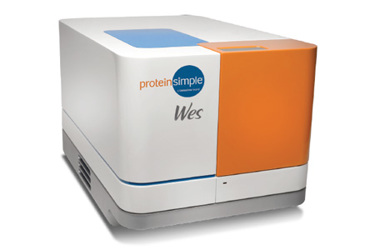Residual Protein A For Bioprocessing Applications

Most therapeutic monoclonal antibodies (mAbs) are isolated from cell culture media using Protein A chromatography1. During purification, Protein A can leach from the solid phase, ending up in the purified product. This can be problematic as regulatory guidelines dictate that detection and reduction of residual Protein A are necessary to obviate potential immunogenic consequences in vivo2. Thus, there is pressing need to rapidly detect residual Protein A contamination during product characterization with high sensitivity and throughput. ELISA-based methods are time-consuming and labor-intensive, requiring extensive hands-on setup, followed by manual washing and incubation steps at carefully timed intervals. Furthermore, the sensitivity of ELISA varies depending on the antibody and protein antigen, and may not be suitable to detect very low levels of protein (<1 ng/mL). These shortcomings are compounded by matrix interference effects that often confound ELISA results.
ProteinSimple’s Wes™ provides a powerful solution by bringing immunoassay into a capillary electrophoresis format. Its operation is fully automated, requiring no user intervention after a simple setup, thereby greatly reducing time and labor while increasing precision and reproducibility. It minimizes matrix interference effects so you can be confident the quantification of Protein A in your sample is accurate. In addition, you gain molecular weight information of your Protein A contaminant. Here, we show you how Wes can quickly detect Protein A with high sensitivity, down to 28 pg/mL, without all the caveats of an ELISA.
Get unlimited access to:
Enter your credentials below to log in. Not yet a member of Bioprocess Online? Subscribe today.
